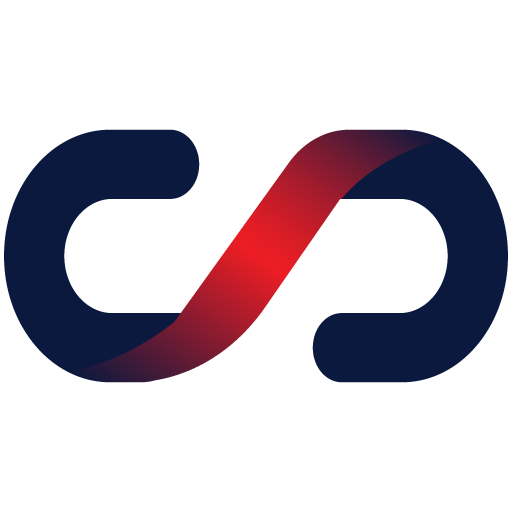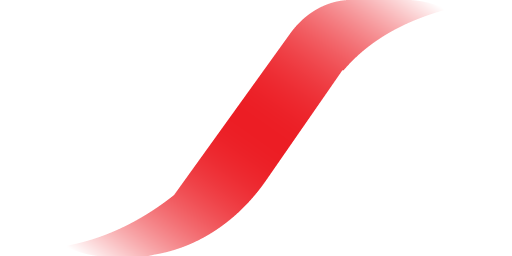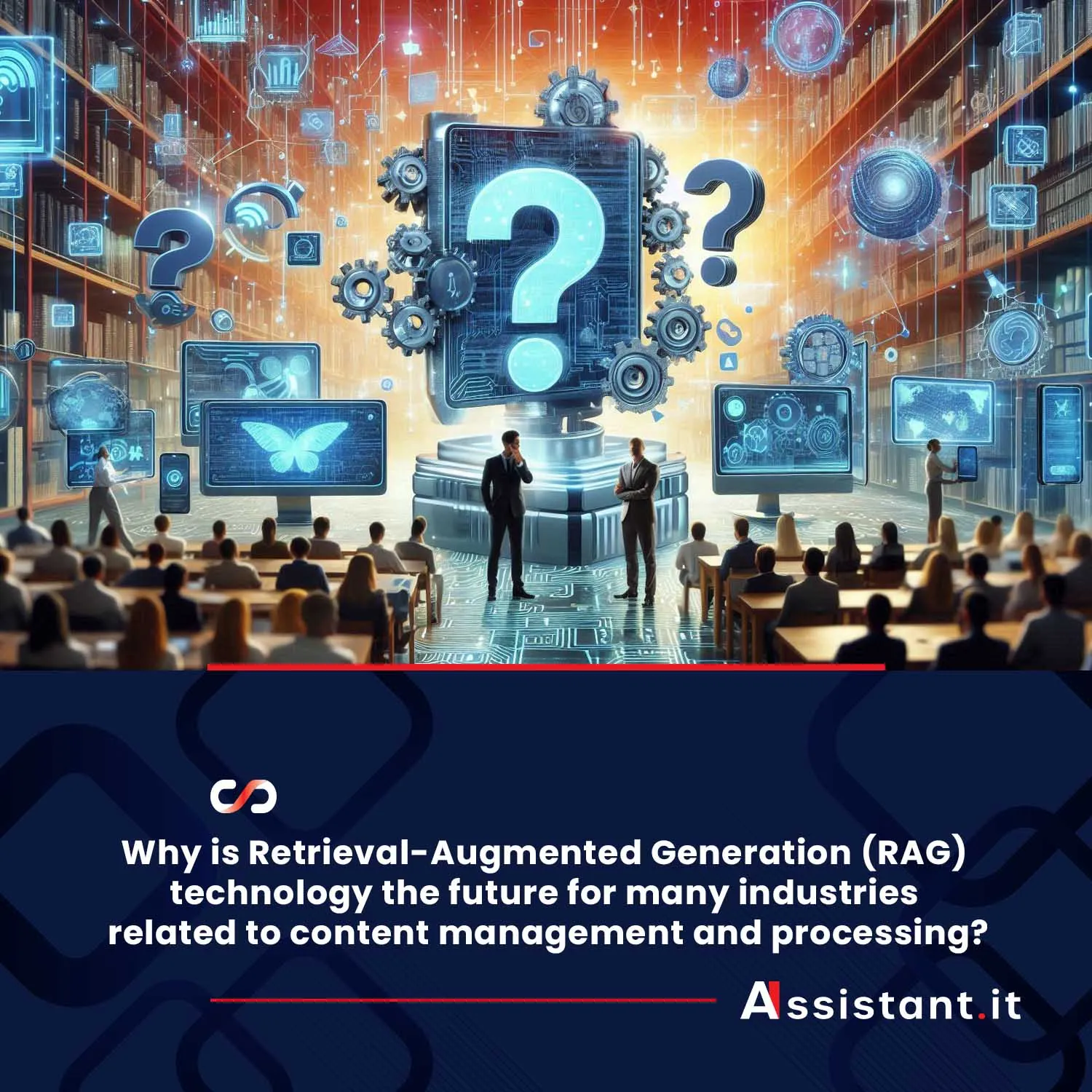Retrieval-Augmented Generation (RAG) is a modern technology in the field of natural language processing processing (NLP) (NLP) that combines the advantages of two approaches: information retrieval and text generation. RAG was developed to overcome the limitations of traditional language models that rely solely on their built-in knowledge. However, what impact can RAG have on industries related to content management and processing?
Technology RAG
RAG technology consists of two main components:
1) Information Retrieval Module (retriever) – this system searches large datasets (e.g., knowledge bases, documents, articles) to find the most relevant information fragments for a given question or topic.
2) Text Generation Module (generator) – an advanced generative model, such as GPT (Generative Pre-trained Transformer), which creates coherent and logical responses based on the results provided by the retrieval module.
In RAG, the retrieval module is used to find contextual information,. which is then fed into the generative model, allowing for more accurate and detailed responses than a model alone. The RAG process can be divided into two basic steps. In the first step, the user asks a question or formulates a query. The retrieval module searches a large database to find the most relevant documents or text fragments related to the query.
In the second step, the search results are passed to the generative model,, which uses this information to create a coherent and detailed response. Generation may involve synthesizing information in a new way or expanding existing text fragments to better answer the query.
Content Management and Processing with RAG
RAG technology is applicable in many fields, where accurate and contextual answers based on large amounts of data are needed. These can include various types of dialogue systems and chatbots, information retrieval, digital assistants, and content creation. RAG will also find its application in industries related to content management and processing. In the digital era, where content is king and information plays a key role in shaping decisions, companies and organizations around the world are investing in solutions that enable effective content management and processing.
In the digital age, where content is paramount and information plays a crucial role in decision-making, companies and organizations worldwide are investing in solutions that enable efficient content management and processing. Organizations today produce and process enormous amounts of data and information. In industries such as media, e-commerce, education, healthcare, finance, and law , finance, and law, access to current and precise information is crucial, access to up-to-date and accurate information is crucial. Traditional content management systems are often unable to effectively process and interpret such large amounts of data. RAG, with its ability to integrate large sets of information and generate understandable answers from them, becomes an invaluable tool in dealing with this challenge.
One of the main advantages of RAG is its ability to improve the quality and precision of the information it delivers dostarczanych informacji. Traditional generative models such as GPT can provide impressive answers, but they are limited to the knowledge they have acquired during training.
RAG, by integrating a search module, can reach for the latest and most relevant information from external sources relewantne informacje z zewnętrznych źródeł. This means that the answers are more accurate and up-to-date, which is especially important in rapidly changing industries such
as finance and technology.
In addition, in many industries, personalizing content is becoming crucial to maintaining customer and user engagement. RAG enables the delivery of highly personalized responses, that are tailored to the specific needs and preferences of recipients. For example, in e-commerce , RAG can help create product recommendations based on the latest customer preference data. In education , this technology can support adaptive learning systems, that adapt content to students’ progress and learning style. In industries such as law, healthcare, or finance, managing and analyzing large amounts of documentation is crucial to effective functioning. RAG can significantly speed up the processes of analyzing and interpreting texts, allowing employees to focus on more strategic tasks.
For example, in law firms, RAG can help to search for precedents or interpret complex regulations faster, which in turn reduces the time needed to prepare legal documents.
In short, RAG technology offers a unique combination of advanced information retrieval and text generation that positions it at the forefront of the future of content management and processing. Its ability to integrate external data, deliver precise and timely answers, and support decision-making and personalization, makes it incredibly valuable across a wide range of industries. As organizations increasingly rely on data and content to drive their operations and strategies, RAG is becoming a key tool, that enables more effective and intelligent information management.
Discover how RAG (Retrieval-Augmented Generation) technology used in AIssistant.it AIssistant.it can revolutionize information processing in your company
AIssistant.it


